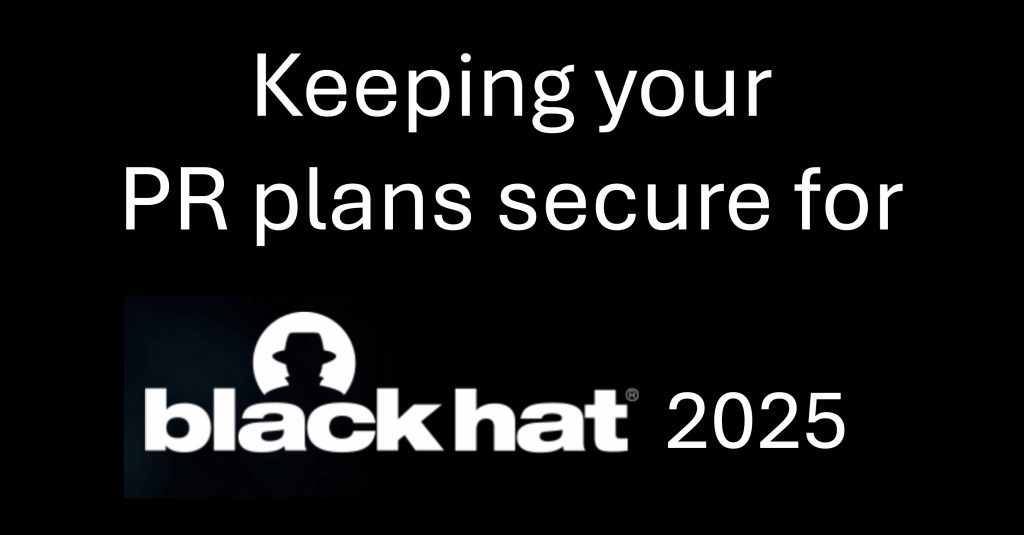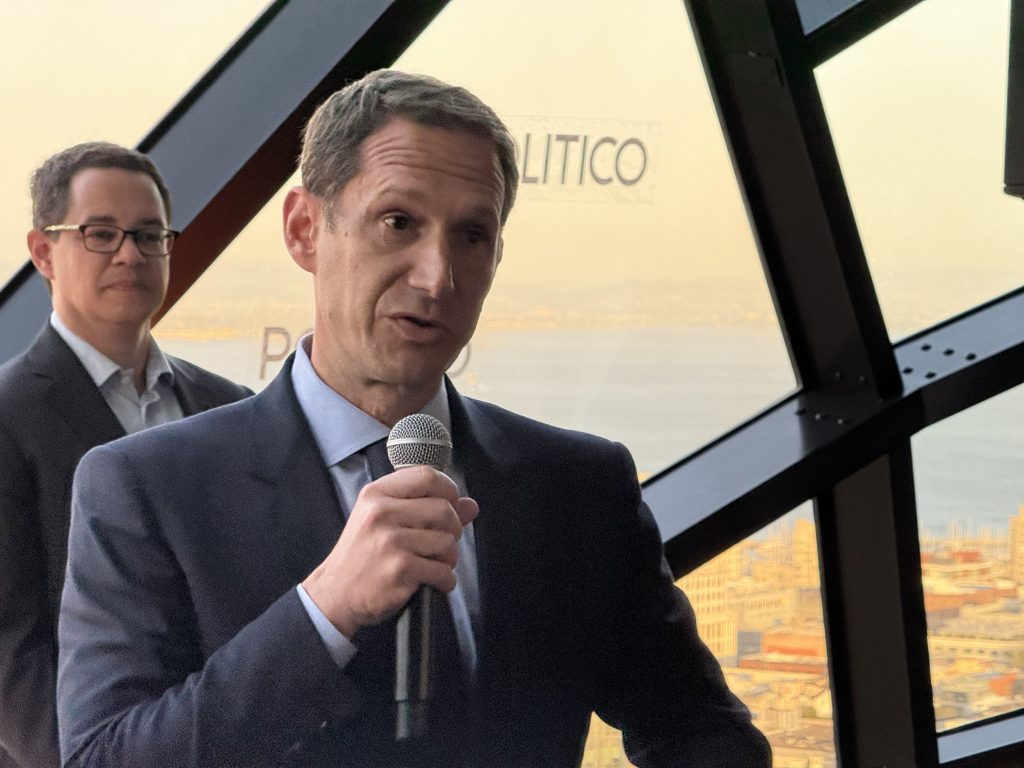Bospar Vice President Brent Shelton chats with Expert Insights about lessons learned in PR, how to build the perfect pitch, and the relationship between public relations and sales.
What makes you uniquely valuable to Bospar and its clients?
I’m a steady-as-she-goes, patient professional. While there should be a sense of urgency, Rome wasn’t built in a day. It’s important to assure clients that you’re in it for the long haul and will help them not just to win the day with this one announcement, but to win every day. There’s a steadiness and a flow to what we’re doing. Creating a steady news cadence will show momentum to media, that your client is busy and important, not a one-and-done.
How did you get into public relations in the first place?
Almost accidentally. I went to Iowa State and studied engineering. I started out as a junior chemist in a lab. Most of the projects I was working on were future scope, reducing volatile organic compounds called VOCs, because it’s better for the environment, reducing emissions. We tend to think sustainability is this new thing…it’s not, it’s been part of the corporate world way before I had any role with it.
Part of my job was more business-focused than scientist-focused. I worked with a lot of PhDs. They were smart, but not social. So, I was the liaison between the super smart scientist who couldn’t articulate and the client who just wanted to hear the nuts and bolts, how make stuff work. That experience is what essentially got me into sales and marketing.
Eventually, I accepted a role as a marketing liaison for a graphic design company, which, in a long, roundabout way led to me leading public relations for an up-and-coming online shopping portal. I was a one-man band – doing everything from creating an annual PR strategy and budget to acting as the company spokesperson.
The real key to media relations is not only to make friends with media, but to make them look good. The job of a media relations specialist is to help that reporter nail their story because they’re going to look great to their editor. We’re also going to send traffic to that story because it’s an amazing story. My favorite part about working in PR is when stories have all the components necessary to result in that amazing piece of media coverage.
Do you think PR is sales?
Absolutely. I once had a media story lead to 30,000 direct signups (new customers) in a 48-hour timeframe. I learned very quickly from that win that PR is basically sales, you’re an arm of your client’s sales team. Sometimes we start out with an idea, maybe it’s not intended to be “amazing,” but to make it a great story we need to approach it creatively to show how it’s relevant and timely. We need to sell it to media. There’s definitely sales involved along the way in PR.
How much do PR professionals need to know about their clients to succeed?
You better know what you’re doing inside and out because you’re the only one who’s telling their story to the media. I strive to know what I’m talking about because journalists are busy. They see the same news and storylines from our PR competitors and our clients’ competitors. To stand out, you need to understand the core technology and who is being served because that way, you can pitch more relevant ideas. We’re usually not expected to know the whole client bible, but we don’t want to present things to media that are technically inaccurate.
It’s also important to be a really good listener, someone who’s not just talking at clients and the media but listening. I take that to heart and try to use that to my advantage.
You’re in a band, does that have any impact at all on your media work?
The band is a separate thing from everything else. It’s my getaway from work. If there are tangents, it’s purely organic, but songwriting has no rules, pitch writing has many.
When I grew up, I wanted to be an architect. I was in advanced classes and did so much independent study, way ahead of most of my high school peers. Nevertheless, I let my counselors convince me I should go into engineering, which as previously mentioned, led me to marketing by accident. But the reason there’s a parallel with architecture is that one needs to create a blueprint, so the contractor knows what to build. Similarly, in PR we work with plans or a blueprint.
How do you keep your team motivated?
I think I’ve built a good rapport with almost everybody I had a chance to work with and am trusted by my colleagues and the media. And trust is the key in my opinion. As a manager, I’m constantly monitoring what my team is doing and engaging with them because I want to know about everything that’s coming in, going out, so I can be there for counsel, but not to micromanage their work.
As a senior leader, I try to coach everyone. When I was younger, I had more of a “get it done” attitude and often found it hard to delegate because it took less time for me to just do the task at hand, rather than to explain it to someone else and provide support along the way. Now, I’ve developed a more streamlined approach that makes supporting co-workers easier, and we’ve got the whole team working on stuff, not just me. And that’s important because clients, prospects, and even media want to see a team and know who’s responsible for what. It’s more like a “community” at work.
Clients need to be confident that the team is in step, not only for this one project but for the long haul. We want to ensure that things are running smoothly, starting from the time a client onboards to executing a quarterly plan. That’s key for long-term relationships. Our ultimate job is to ensure that the CMO, VP of marketing, or PR specialist we work directly with keeps their job.
Prospects often say that their prior agency didn’t get any results. What’s the difference between a bad pitch and a good pitch?
It’s critical to understand who the audience is. Bospar and other PR firms use tools that help them identify relevant reporters. It’s necessary for us to use that as a starting point, but more necessary to audit who is covering certain topics – who is writing for the audience that we want to reach with our messaging? Who is reading our coverage that will be interested in meeting our clients?
A lot of outlets we work with target chief information security officers (CISOs), chief information officers (CIOs), and chief technology officers (CTOs). If you don’t understand that audience, you’re not going to succeed. Audiences are not homogeneous, and you need to understand that. One piece of coverage to the right audience can make up for a slow churn of mediocre coverage, so it’s not that you got 100 pieces of coverage, it’s that the coverage you earned made a difference, that’s the connected sales part of what a PR professional’s job is really about.
If you understand enough about the client, the publication’s audience, and what individual reporters are writing about, that’s where the real wins come from. When that story resonates, it’s a win for the client and the agency.
If you don’t understand the audience, you’re not going to do very well, and as much as I hate to say it, I learned that the hard way. A long time ago, I wrote a Black Friday pitch and decided I should color-code it and highlight stuff since it was the holidays. I thought I did a good job because I’m an “artist.” LOL. I thought it looked cool and who wouldn’t want to read it?
Then I saw this tweet from a USA Today reporter that I really wanted to connect with because I knew his stories syndicate far and wide. I thought, If I successfully pitch him, it’s a home run. But that tweet said, “I just got a pitch today about Black Friday in 16 different colors and eight different font styles.” Although that was a little exaggerated, I guessed he was probably talking about my pitch. I was trying to make the content easier to consume, but that ended up being a mistake, and a huge lesson.
Another time, I sent a pitch to the head writer for all the national NBC broadcast news. If you had a relationship with this guy, you were in like Flynn. But I used the word, “hope” in the pitch, which I didn’t realize was a bad idea until he responded with “Brent, hope is not a PR strategy.” I assumed I’d blown my chance, but I thanked him for the advice. He responded saying that he knew a lot about the company I worked for and that next time I should “skip the background stuff and give me the straight talk.” Ultimately, we became really good friends, and his team was a gold mine for broadcast coverage for a few years.
Senior PR professionals often come up with questions for clients that tend to elude the more junior folks, and it’s all about experience. What do you do to ensure that your people have the benefit of your experience?
The first thing I try to teach them is to get to the point quickly. If I review a pitch, I may say, “Why is this here?” because I want them to think about it. I want the person to answer before going further because I want to hear their reasoning. Maybe it’s a good idea but bad presentation of it. When I edit, pitches, I make sure I leave suggestions, and justify why I would change something, because one of my pet peeves was having my stuff edited with no explanation. It’s not helpful. You don’t learn anything from that.
Pitching and managing people take a lot of energy. How do you sustain peak performance?
A cool and calm state of mind is very important. If I’m struggling or lack bandwidth, I’ll go through my to-do list of 20 things and pick the three that are most important, do them, get them out the door, then move on to the next three. Breaking up a high volume of work into manageable pieces brings a sense of accomplishment. It’s amazing how much a simple change like starting each day with just three things can change your entire outlook for the day and the next day. It boosts your confidence because you know you’ve accomplished something, and you gain the energy needed to tackle the other things on the list.




